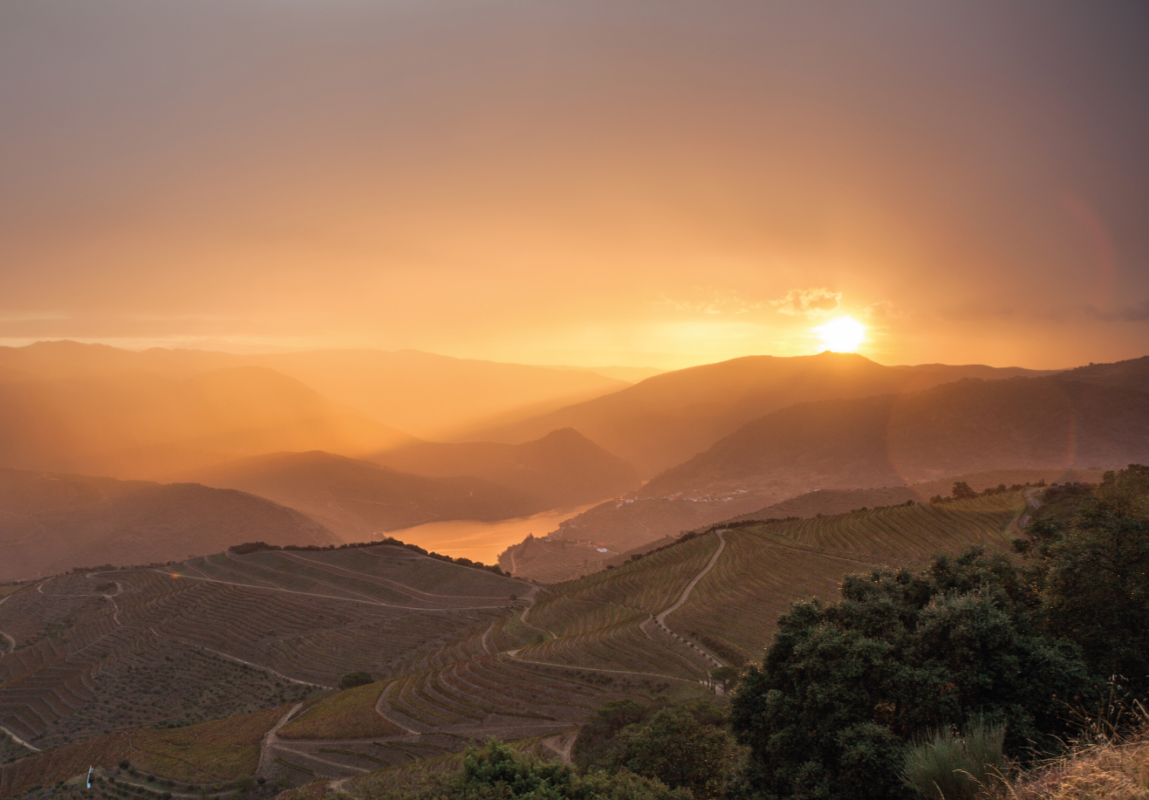In its roots, Foz Côa finds the Palaeolithic man who, with modest artefacts, marked in the harshness of the schist ambitions and projects of its spiritual and material universe. They made this sanctuary the largest outdoor museum of rupestrian art, today a World Heritage Site.
The Côa River Valley
In the mountains of the Foz Côa region, where at the beginning of spring, almond trees flourish, and in autumn, the vineyards are covered with fire-coloured leaves, an affluent, whose name has become universal, flows into the Douro River.
Millennium after millennium, the schist rocks that delimit the riverbed of the Côa River have been converted into panels of art, with thousands of engravings left by the creative impulse of our ancestors.

In the Côa River’s final section, there are more than 80 rock art sites and around 1200 engraved rocks in a territory of about 200 kms2. This extraordinary collection of rock art spreads along two main river axes: the Côa River, about 30 km long, and the Douro river, about 15 km long, to both sides of the mouth of the Côa River.
Upper Douro Wine Region
The Upper Douro Wine Region is a particularly representative area of the landscape that characterises the vast Demarcated Douro Region, the oldest regulated wine region in the world. The Upper Douro’s cultural landscape combines the monumental Nature of the Douro River valley, made of steep slopes and poor and rugged soils, with the ancestral and continuous action of man, adapting the space to the Mediterranean type of agriculture needs that the region supports.
This intimate relationship between human activity and Nature allowed the creation of an ecosystem of unique values. Land characteristics are exemplarily used, modelling the landscape in terraces preserving it from erosion and allowing the cultivation of vineyards.
The vineyards along the terraces in the curvatures of the landscape are the ex-libris of this Douro region. Here man has shaped the landscape by his hand in an extraordinary way. With a schistous and stony terrain, the man of this region embroiders the mountains in terraces and plants the vineyards that are the Douro Superior wines’ matrix.
With the white of the almond trees and silver of the olive groves that often border the vineyards, viniculture is the region’s primary culture, fully integrated into the Douro Demarcated Region, the oldest in the world. Portugal’s most famous wines, such as “Barca Velha”, are produced in the lands of Foz Côa, which says a lot about the excellent quality of its vineyards and terroir.



 Português
Português